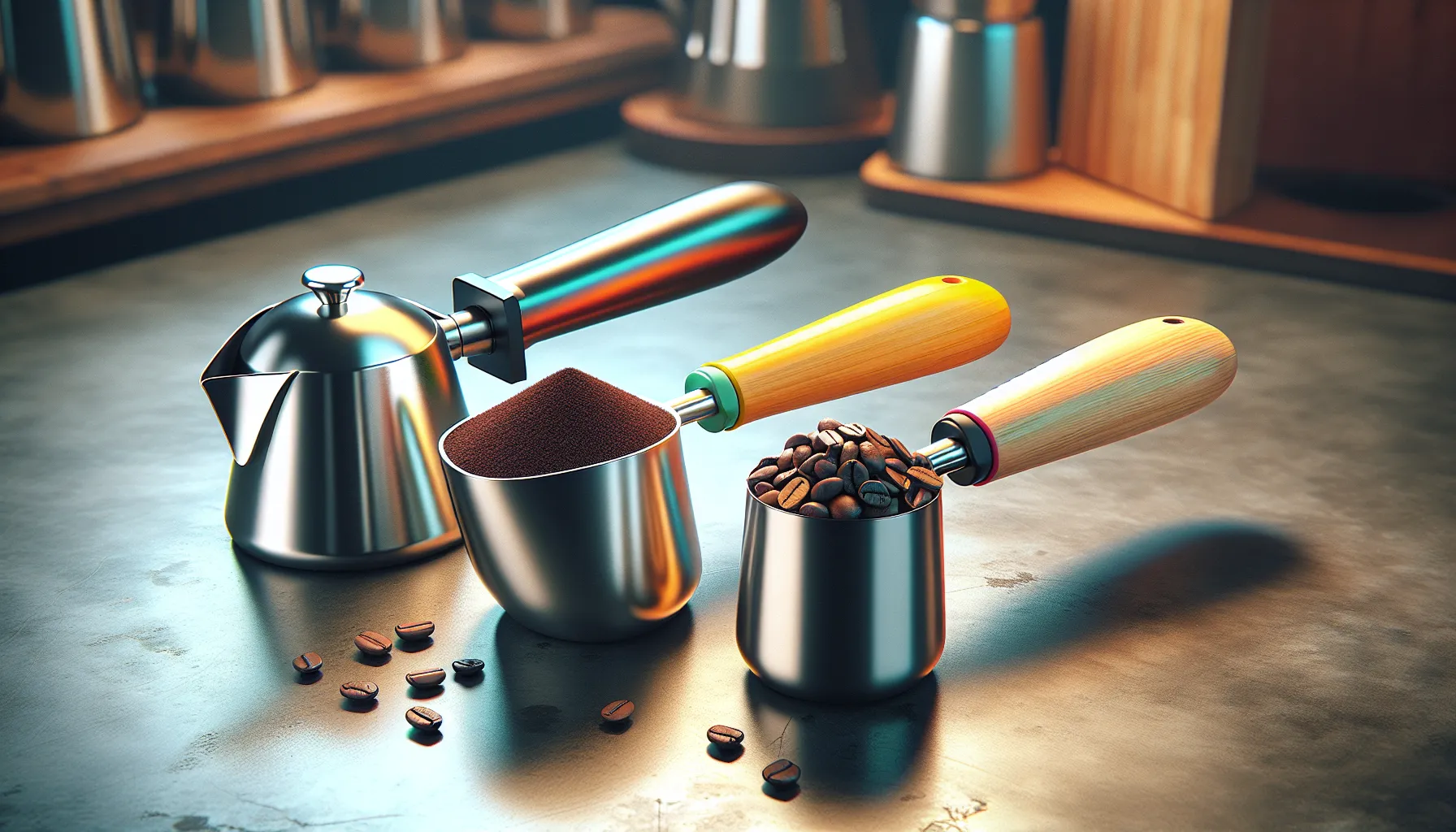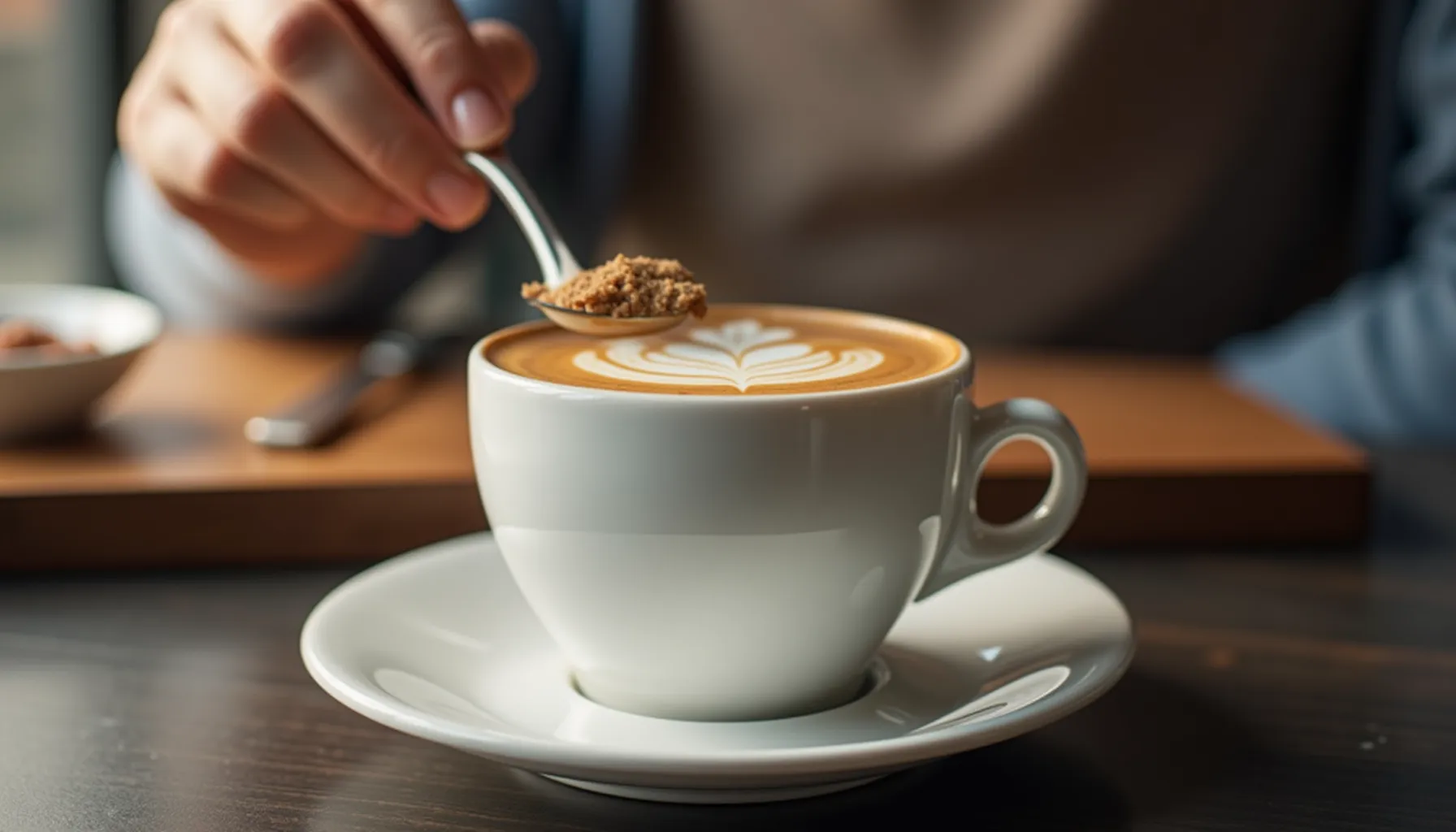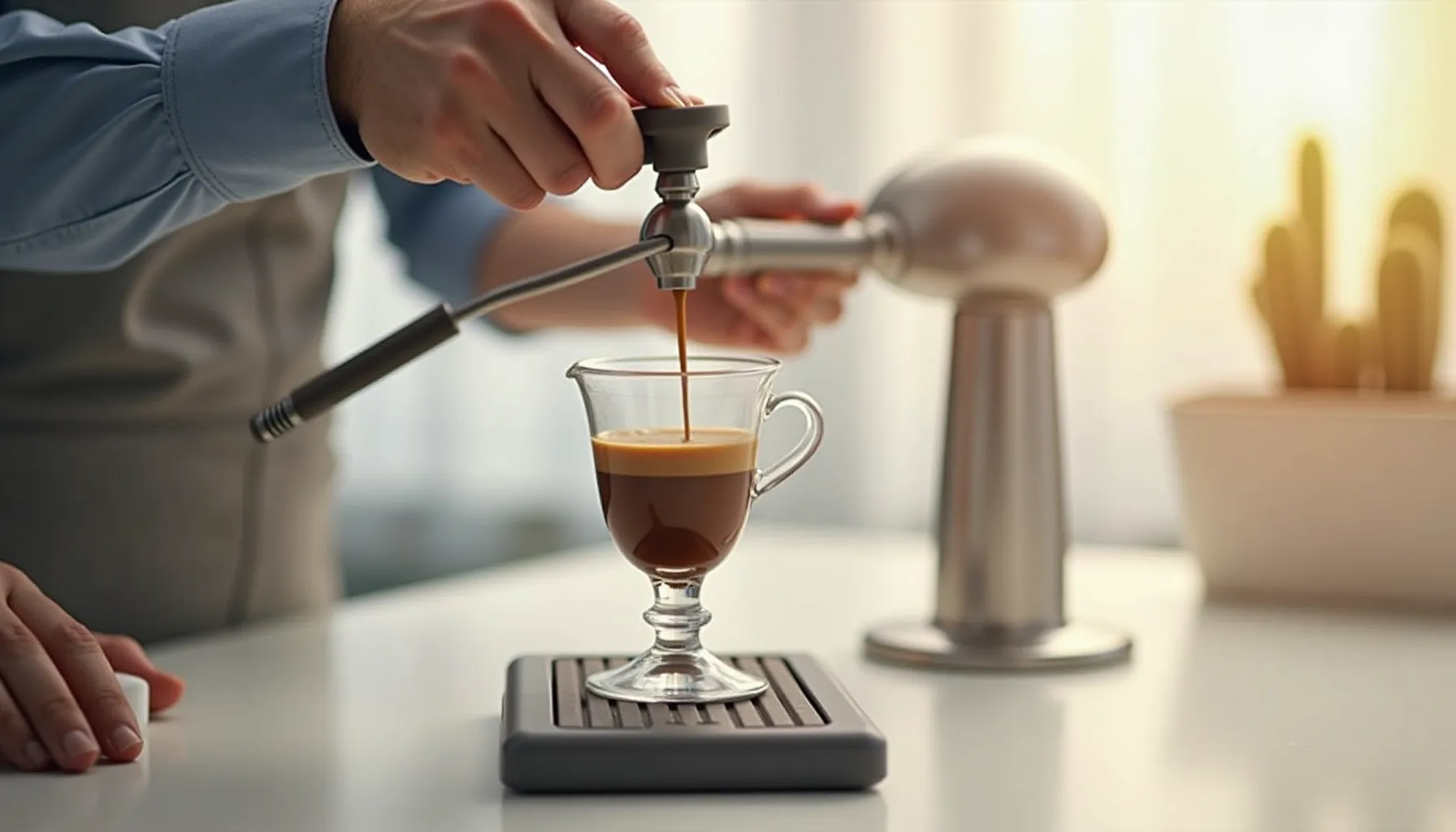When it comes to brewing that perfect cup of coffee, a simple tool called a coffee scoop can make all the difference. Many of us have experienced the disappointment of a weak brew or an overly bitter cup, often tracing the culprit back to improper measurements.
Understanding how much coffee to use can be the key to elevating your coffee experience, especially in our fast-paced lives where we juggle morning routines and busy schedules. In this article, we’ll explore everything you need to know about coffee scoops—from why accurate measurements matter to the various types available, and how to choose the right one for your brewing style.
We'll dive into the impact of scoop size on flavor, share brewing techniques that maximize your coffee’s potential, and provide insights from consumer reviews. By the end of this guide, you'll not only understand the critical role a coffee scoop plays in crafting the perfect cup but also how to integrate it seamlessly into your coffee rituals.
Table of Contents
- Introduction: What Is a Coffee Scoop?
- Why Accurate Measurements Matter in Coffee Brewing
- Types of Coffee Scoops: Finding Your Perfect Fit
- How to Choose the Right Coffee Scoop for You
- The Impact of Scoop Size on Your Brew
- Brewing Techniques: Maximizing Your Coffee Scoop's Potential
- Maintaining Your Coffee Scoop: Tips for Longevity
- Consumer Reviews: What Coffee Lovers Are Saying
- Complementary Products to Enhance Your Coffee Experience
- Sustainability in the Coffee World: Choosing Ethical Products
- Conclusion: Your Journey to the Perfect Brew

Why Accurate Measurements Matter in Coffee Brewing
The importance of accurate measurements in coffee brewing cannot be overstated. Many people face the frustrating challenge of inconsistent flavors each time they make a cup. A common pitfall is relying on guesswork when it comes to how much coffee to use, which often leads to bitter, weak, or just unremarkable brews. This is where a reliable coffee scoop makes a difference, ensuring that the right amount of coffee is used consistently, resulting in that perfect cup.
Understanding the coffee-to-water ratio is vital for achieving the flavor profile you genuinely enjoy. When you use a coffee scoop, you are not merely measuring coffee; you are taking the necessary steps to optimize your brewing process and enhance your overall experience. Correct measurements bring balance to your brew, allowing the rich nuances of taste to shine through. This attention to detail can elevate your coffee ritual from a mundane routine to a delightful daily experience.
As coffee lovers, we invest time and money into finding the right beans, the perfect grind, and the best brewing technique. A coffee scoop helps eliminate uncertainty in the equation, leading to more reliable results with each brew. By embracing accurate measurement, you are effectively optimizing your coffee-making process, ensuring that every cup meets your expectations—and perhaps surpasses them.
Core Components of Using a Coffee Scoop Effectively
To maximize the potential of your coffee scoop and ultimately enhance your brewing experience, there are several key components and strategies to consider. Understanding these elements can help you achieve consistently great coffee, day in and day out.
1. Accurate Measurements: The primary function of a coffee scoop is to provide precise measurements for your coffee. As mentioned earlier, a common recommendation is to use a ratio of 1:15 to 1:18 coffee to water. Incorporating a reliable coffee scoop allows you to hit these ratios consistently, which is vital for flavor balance. For example, if you typically use two scoops of coffee, ensure they equal the desired weight for your water volume.
2. Understanding Scoop Sizes: Not all coffee scoops are the same; knowing the size of your scoop is essential. Standard scoops generally hold about two tablespoons. If your scoop is larger or smaller, you’ll need to adjust your usual measurements accordingly. Always level off your scoop to ensure you’re measuring accurately
3. Brew Method Compatibility: Different brewing methods may require adjustments in your coffee-to-water ratio. For instance, French press coffee often benefits from a coarser grind and slightly higher coffee quantity. Familiarize yourself with how your scoop functions across various brewing techniques to optimize your results.
These core strategies will help you effectively integrate a coffee scoop into your daily routine, leading to improved coffee quality and a more enjoyable brewing experience.

Types of Coffee Scoops: Finding Your Perfect Fit
When it comes to choosing a coffee scoop, understanding the various types available can significantly enhance your brewing experience. Each type of scoop comes with its unique benefits and characteristics. Here’s a closer look at some popular options:
1. Stainless Steel Coffee Scoops
Stainless steel coffee scoops are favored by many coffee enthusiasts for their durability and reliability. They typically feature a sturdy construction that resists rust and corrosion, making them ideal for daily use in both home and professional settings.
Benefits: The weight and balance of stainless steel scoops provide a sense of quality. Many models come with measurement markings, allowing for precise coffee measurements every time you brew. This can lead to better flavor consistency.
Use Cases: If you're brewing coffee in larger quantities or preparing for guests, a stainless steel scoop will hold up well and offer the reliability you need. You can confidently use this scoop for french press, drip, or even espresso brewing.
[Insert image placeholder showing a stainless steel coffee scoop]
2. Plastic Coffee Scoops
Plastic coffee scoops are often more affordable and come in a variety of colors and styles. They are lightweight and convenient, making them a good choice for quick and casual coffee brewing.
Benefits: They’re easy to clean and can typically be placed in the dishwasher. While they may not have the same longevity as stainless steel, plastic scoops serve their purpose well for those who are not as concerned about long-term durability.
Use Cases: Perfect for use in college dorms or as travel options, plastic scoops can easily slip into a backpack and accompany you on trips. They are great for less frequent brewers or those just getting started.
[Insert image placeholder showing a colorful plastic coffee scoop]
3. Wooden or Bamboo Coffee Scoops
For those who are environmentally conscious, wooden or bamboo scoops present an eco-friendly alternative to plastic or metal options. These scoops are often beautifully crafted and add a rustic touch to your coffee setup.
Benefits: They are biodegradable and make a stylish addition to kitchen accessories. However, these scoops require gentle care to avoid wear, and they provide a unique aesthetic appeal not found in other materials.
Use Cases: If you prefer to enjoy your coffee with a touch of nature, a wooden scoop is perfect for a cozy coffee corner. Just ensure they are cleaned carefully to prolong their life.
[Insert image placeholder showing a bamboo coffee scoop]
Each type of coffee scoop has its unique attributes, enabling you to find the perfect fit for your brewing style and preferences. Whether you opt for stainless steel, plastic, or bamboo, the right scoop will help you measure your coffee accurately and conveniently, ensuring that every brewing session results in a delightful cup of coffee.
How to Choose the Right Coffee Scoop for You
When selecting a coffee scoop, it’s important to consider a few key criteria that will ensure you make the best choice for your coffee brewing needs. By understanding your preferences and brewing habits, you can find a scoop that will enhance your overall coffee experience.
1. Material: Think about the material that aligns with your lifestyle. If you want durability and longevity, go for stainless steel. For a lightweight and affordable option, plastic might be the way to go. If you value eco-friendliness, consider bamboo or wooden scoops, but be prepared to care for them properly.
2. Size: Different scoops come in varying sizes. Most standard scoops hold around two tablespoons, but if you usually brew large quantities, you might prefer a larger scoop. Make sure to check what your chosen scoop measures, so you can accurately adjust your recipes.
3. Ergonomics: Comfort is key when measuring out your coffee. Look for a scoop with a comfortable handle that fits well in your hand. If a scoop feels awkward or cumbersome, you might find it hard to use regularly.
4. Design: While functionality is paramount, the aesthetic can also play a role in your selection. Choose a design that complements your kitchen decor or adds a touch of personal style to your coffee setup.
By keeping these criteria in mind, you’ll be better equipped to choose a coffee scoop that not only meets your practical needs but also fits seamlessly into your daily coffee rituals. Remember, the right scoop can transform your brewing process and enhance your enjoyment of coffee!
Your Path to Better Coffee Awaits
As we've explored in this article, the coffee scoop is a vital tool in achieving coffee perfection. By understanding the different types of scoops available, the importance of accurate measurements, and how to choose the right one for your brewing style, you are now equipped to enhance your coffee experience significantly.
Accurate measurements lead to consistent flavor profiles, allowing you to brew with confidence and creativity. Whether you prefer the durability of stainless steel, the convenience of plastic, or the charm of bamboo, there's a scoop that suits your needs. Remember, a thoughtful selection of your coffee tools can transform an ordinary cup into something extraordinary.
We encourage you to take action—evaluate your current coffee setup, consider investing in a quality coffee scoop, and refine your brewing technique. With these strategies in place, you can savor the delightful complexities of coffee and elevate your daily ritual to enjoy the perfect brew every time. Happy brewing!












